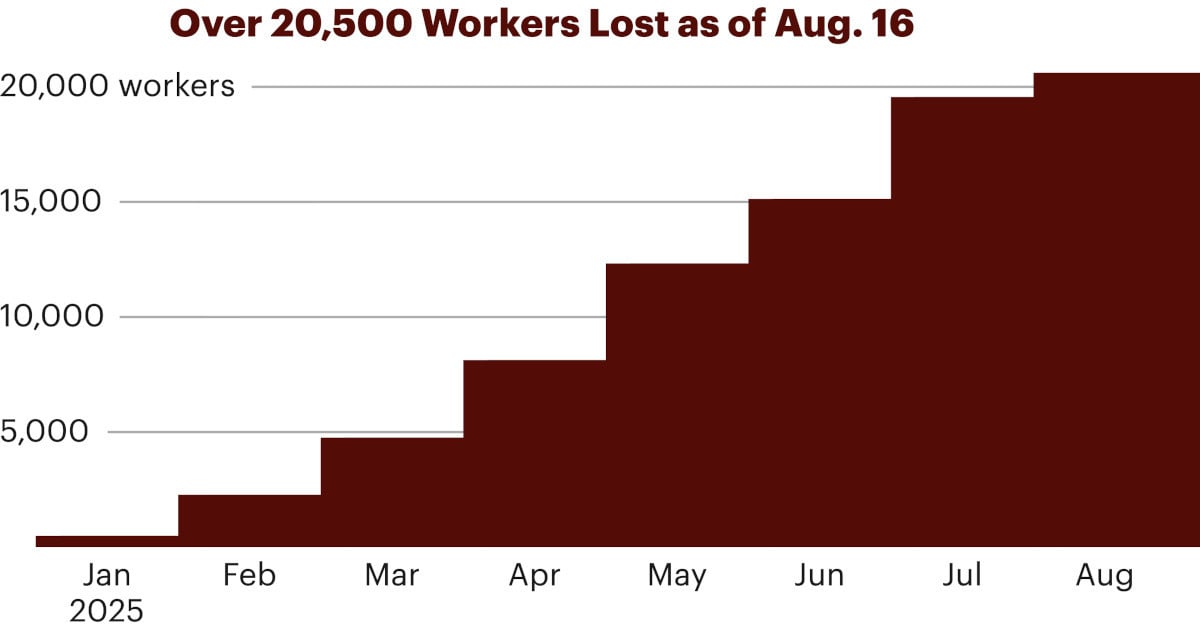Rare Flesh-Eating Screwworm Parasite Infects Human in US – First Case in Decades

In a concerning development, health officials have confirmed the first human case of the New World screwworm parasite in the United States in decades. This parasitic fly, notorious for its devastating impact on livestock, particularly cattle, has been rapidly spreading through Mexico and Central America, causing significant economic losses and prompting widespread eradication efforts.
What is the Screwworm?
The New World screwworm (Cochomyia hominivorax) is a parasitic fly that lays its eggs in the open wounds of warm-blooded animals, including livestock, pets, and now, humans. The larvae, or screwworms, then feed on the living tissue, causing deep, painful wounds that can lead to severe blood loss, disfigurement, and even death if left untreated. The name “flesh-eating” comes from this gruesome feeding behavior.
The Spread and the Threat
The parasite's rapid spread across Mexico and Central America has been a significant challenge. Eradication programs involving the sterile insect technique (SIT) – releasing sterilized male flies to prevent reproduction – have been implemented with varying degrees of success. The recent spread highlights the ongoing vulnerability of the region and the potential for re-emergence.
The First Human Case in the US
While screwworms primarily target livestock, they can and do occasionally infect humans. This latest case marks the first confirmed human infection in the US in a considerable period. Details about the individual affected are currently limited, but health officials are working diligently to investigate the source of the infection and implement preventative measures. The individual is reportedly receiving appropriate medical care.
How Does it Spread to Humans?
Human infections typically occur through contact with infected animals or their wounds. Outdoor activities, particularly in areas with livestock, can increase the risk of exposure. The flies are attracted to fresh wounds and open sores.
Prevention and What to Watch For
Health officials are urging the public to take precautions, especially in areas where livestock are present. These include:
- Covering open wounds with clean bandages.
- Seeking medical attention promptly for any wounds that appear to be infested with larvae.
- Reporting any unusual insect activity to local health authorities.
Symptoms of a screwworm infestation include intense itching, pain, and the presence of small, white larvae burrowing into the skin. Early diagnosis and treatment are crucial to prevent complications.
Looking Ahead
This incident serves as a stark reminder of the importance of ongoing surveillance and preventative measures to protect both human and animal health. Authorities are working to determine how the parasite entered the US and to prevent further spread. The situation is being closely monitored, and updates will be provided as more information becomes available. The successful eradication of the screwworm in other regions demonstrates that with concerted effort and effective strategies, this parasite can be controlled, but vigilance is key.






